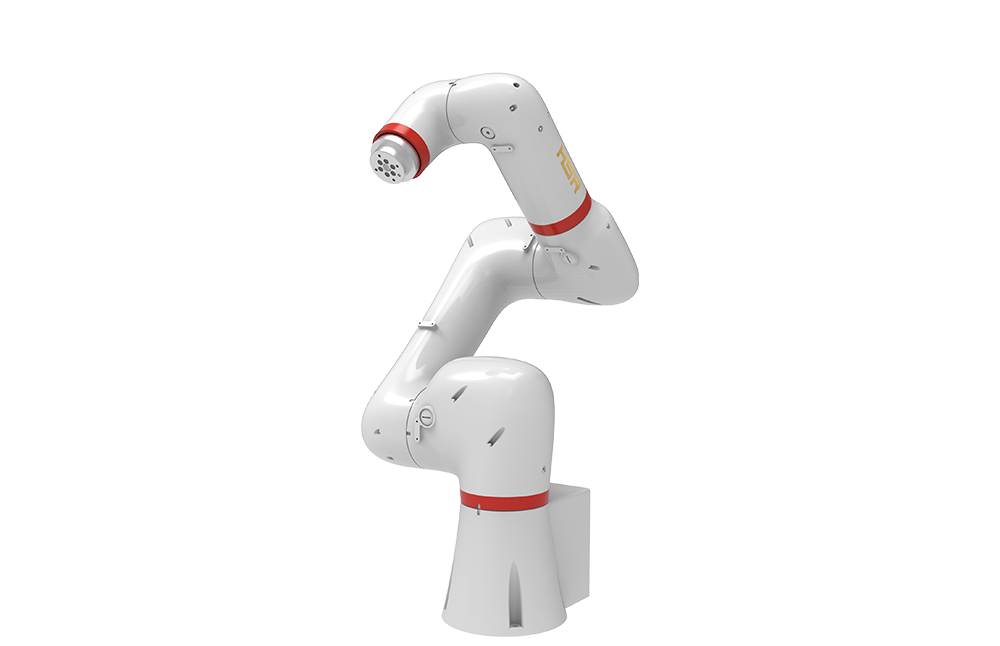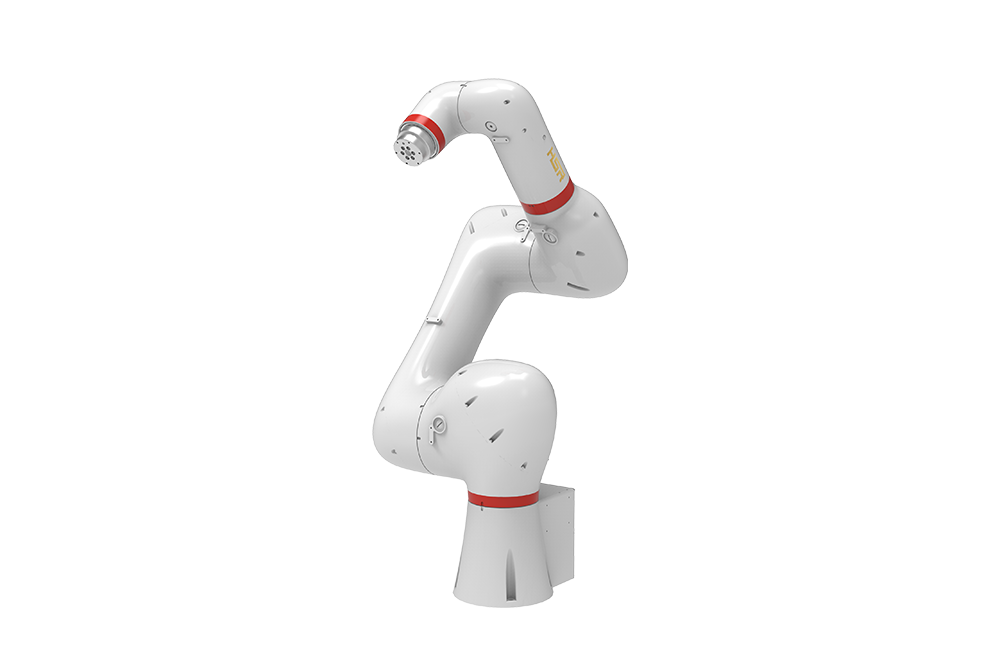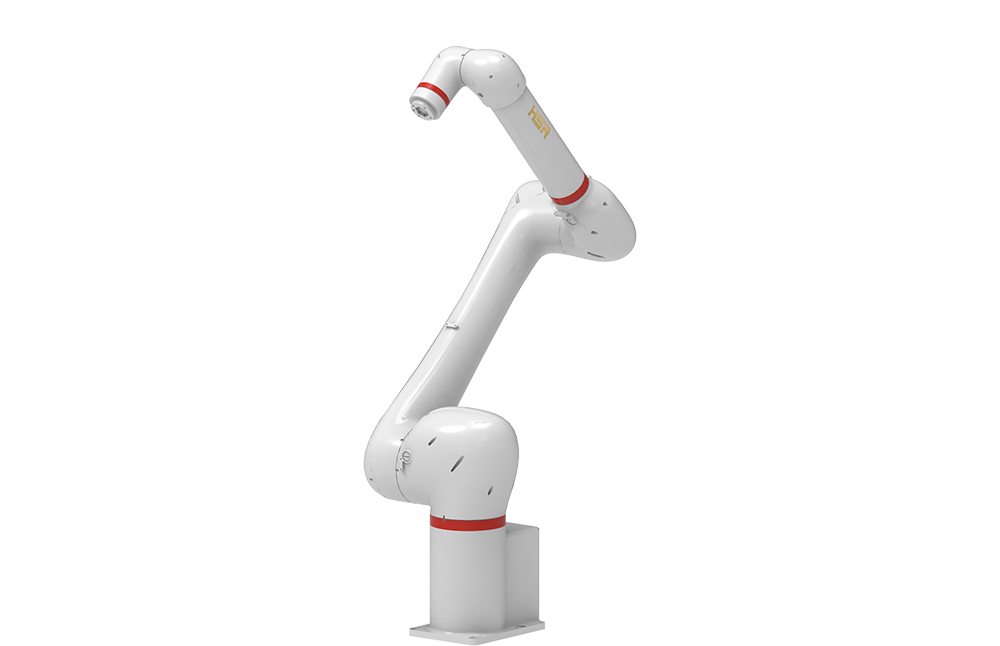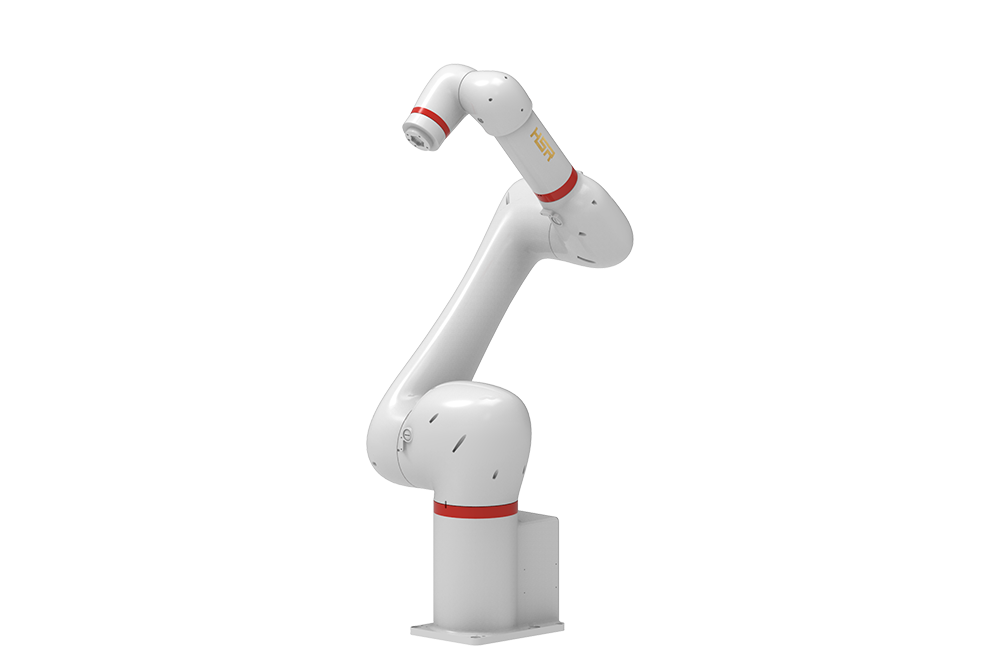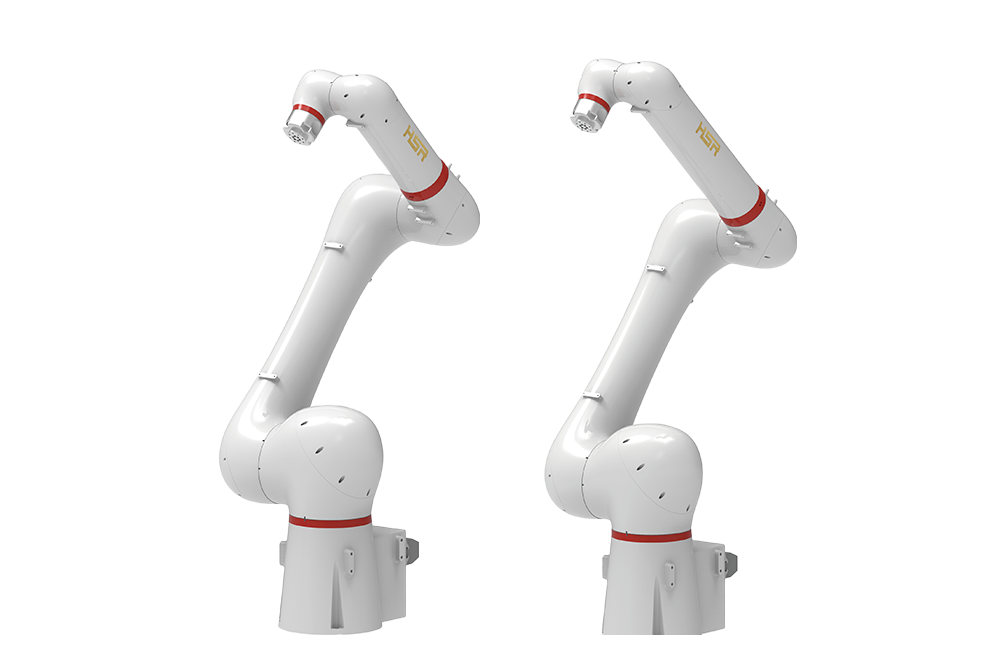
Collaborative Robot CR Series
The CR series industrial collaborative robots possess the high speed, precision, stability, and reliability of industrial robots, as well as the safety and convenience of collaborative robots. 5kg-25kg robots, meeting the needs of industrial high-speed scenarios and collaboration scenarios. Low maintenance cost, it also supports individual parts replacement, and can reduce maintenance costs.
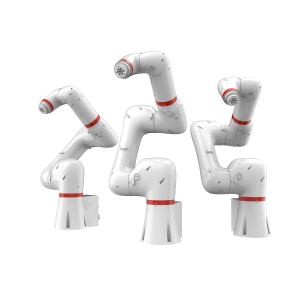
Six Advantages
CR Series Industrial Collaborative Robots feature the following capabilities: collision detection, high protection rating, dual-speed modes (high/low), and high expandability.
When the robot comes into contact with external equipment (or is subjected to external force), it can quickly detect the impact and halt movement, significantly enhancing operational safety. With its high ingress protection (IP) rating, it effortlessly handles complex industrial environments.
Compared to traditional industrial robots and standard collaborative robots, the CR Series combines the high speed, precision, stability, and reliability of industrial robots with the safety and ease of use of collaborative robots.
When the robot comes into contact with external equipment (or is subjected to external force), it can quickly detect the impact and halt movement, significantly enhancing operational safety. With its high ingress protection (IP) rating, it effortlessly handles complex industrial environments.
Compared to traditional industrial robots and standard collaborative robots, the CR Series combines the high speed, precision, stability, and reliability of industrial robots with the safety and ease of use of collaborative robots.
IP67 Protection Rating
Drag and Drop Teaching
High Precision ±0.02mm
10-level crash detection
ROS Operating System
Low Maintenance Cost
CR Series Video
Product Lists
Industry Solution
Collaborative robots, leveraging their core strengths of safe collaboration, flexible deployment, and ease of programming, are providing efficient, safe, and economical automation solutions across a wide spectrum of industries—from mass production to flexible customization, and from heavy industry to precision laboratories. They are emerging as a critical force driving smart manufacturing and industrial upgrading.
Welding Process Solution
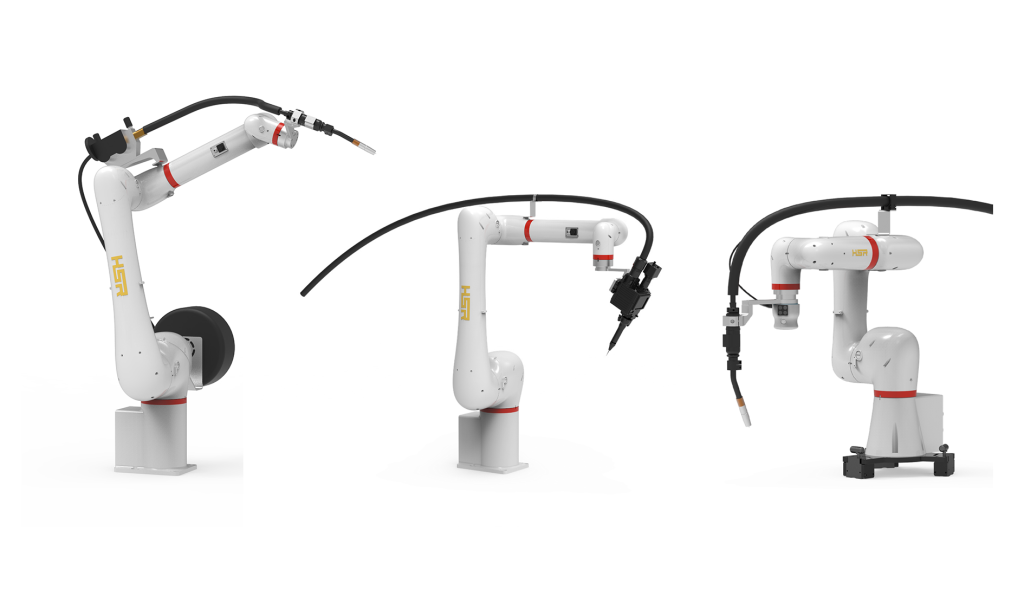
Screw Fastening Process Solution
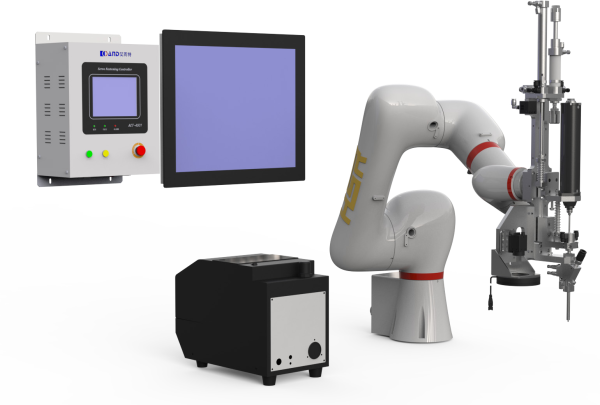
Appilcation Video
Collaborative Robots CR Series are widely used in the electronics industry, automotive sector, machining industry, educational institutions, among others.
Contact Information
- China Special Aircraft Research Institute,West tower,Av.Guanggu 50, East-Lake High Tech Development Zone,Wuhan,Hubei,P.R.China

